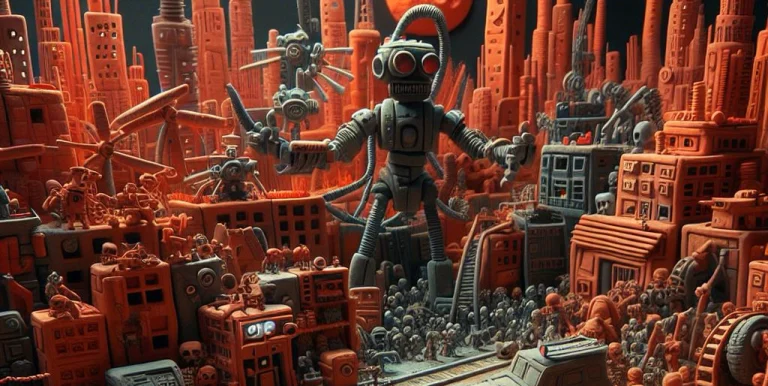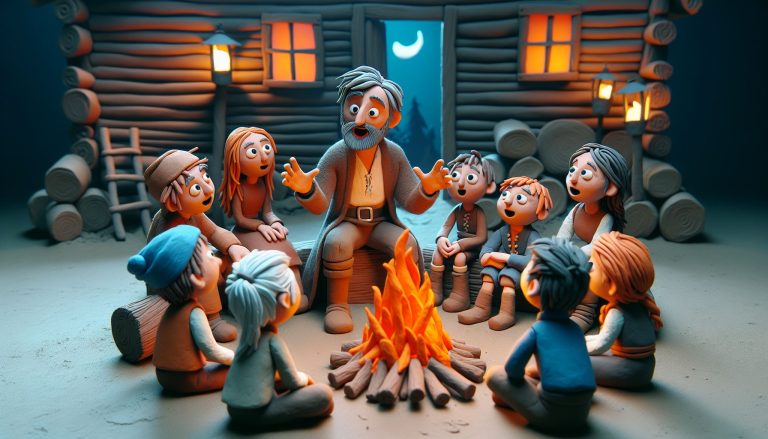
How to Create a Dystopian World Step by Step — with Examples
Learn how to create a powerful dystopian world for your novel. Step-by-step guide with examples to help you build tension, conflict, and meaning.
Struggling to finish your manuscript? Story Planner helps you to understand all the steps to plan and write your novel!

Learn how to create a powerful dystopian world for your novel. Step-by-step guide with examples to help you build tension, conflict, and meaning.

Master the three essential scene types—action, reaction, and setting—to craft immersive, well-paced stories that keep readers hooked!

The hero's journey is a map that transforms your protagonist. Learn how to guide your character through trials, growth, and evolution.

Discover the 5 best apps for writing and planning your novel in 2025. Stay organized, boost creativity, and keep all your ideas in one place!

Explore the essence of an antagonist: Discover key types with examples and learn how to create unforgettable characters that enhance your stories.

If there's anyone we can learn from about screenwriting, that's undoubtedly the legendary Billy Wilder. Explore the director's 10 rules for powerful storytelling

All the keys you need to understand how many words there should be in the chapters of your novel, as well as how many chapters you need to tell a story.

The narrator is the one who tells the story, but there are different types of narrators, and knowing them will give us a new vision of the writing craft.

The second-person narrator speaks in the present tense and addresses the reader directly, involving them as a participant in the story.

A third-person narrator tells the story without being part of it, and there are 3 types of this narrator, depending on their vision and objectivity.


